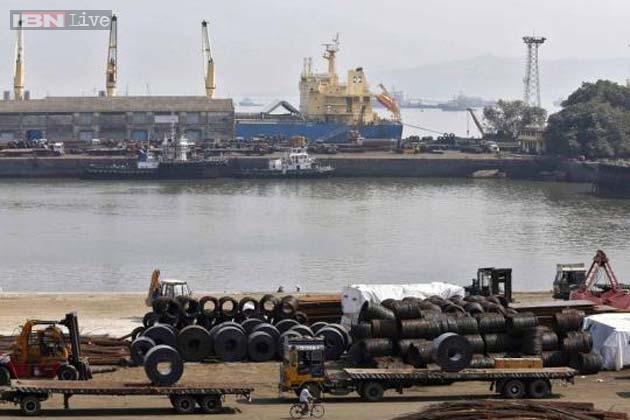The redevelopment of Mumbai’s mostly derelict docklands will, if a government appointed panel has its way, create a waterfront where people living in the world’s second most densely-populated city can go to lift their spirits, and the rich can go to play.
“This is a real opportunity to give Mumbai what it doesn’t have, to give it open space,” said Narinder Nayar, a businessman who sits on the panel, whose recommendations will be unveiled this week.
Owned by Mumbai Port Trust, the largest landowner in India’s financial hub, much of the 7 square kilometres (2.7 square miles) up for redevelopment is occupied today by crumbling warehouses, informal housing and workers who eke out a living breaking down disused ships or sorting through scrap metal.
The government, which has valued the land at $12 billion, is pitching the project as a shining example of what urban regeneration in India should look like: transport minister Nitin Gadkari wants a giant ferris wheel similar to the London Eye.
“We should be looking towards the examples of New York, London, Sydney…Barcelona as well, to see what can be done with our former industrial areas on the waterfront,” Nayar said.
Whereas Mumbai’s western shoreline looks out to the Arabian Sea, this land is located on the protected eastern side of the city’s southern tip, affording a view across the harbour to the mainland, where a new deep-sea container port is based.
Nair says the panel will recommend that about 30 percent of the land be opened as public space, and the construction of a hospital and affordable housing, linked by new train lines.
There are plans for a floating hotel and convention centre too, and a tender is already out to build a luxury marina to cater for the city’s super-rich.
With its natural harbour, Bombay, as it was called back then, was rapidly developed during British colonial times, and much of today’s city sits on reclaimed land that joined up a string of tiny islands off India’s western coast.
Mumbai hasn’t got a great track record for urban planning, however. Mounting demographic pressures and long delays for infrastructure projects have often meant that whatever progress takes place has already been overtaken by the population’s growing needs.
“NOT A SINGLE SQUARE INCH”
“You can really feel the pressure this land must be under from developers,” said Aneerudha Paul, a Mumbai-based architect, staring up at new blocks of flats towering over the empty warehouses lining the docks.
There are some 12.5 million people crammed on the ‘island city’, a narrow wedge of land jutting into the sea, and around 21 million in the greater metropolitan area.
Half of them live in slums, and according to a 2012 study, there is just 1.1 square metres of open space for each resident. This is less than the 15 square metres available in capital city Delhi and the 31 square metres in London.
Residents and urban experts worry that the Mumbai port project will either fail to get off the ground, or succumb to the same unregulated building sprees seen across the country.
There was a plan in the 1990s to reserve a third of 2.4 square kilometres (0.9 square mile) of defunct mill land in central Mumbai for public space, and a third for affordable housing. It ended with most of the area sold privately and turned into luxury skyscrapers set amid landscaped gated gardens.
- M. Parmar, Mumbai Port Trust Chairman, told Reuters that “not a single square inch” would be sold to developers, although plots might be leased to property firms to raise cash for redevelopment elsewhere.
“So far the intentions from the government have been good,” said Nayar. “But only time will tell.”








